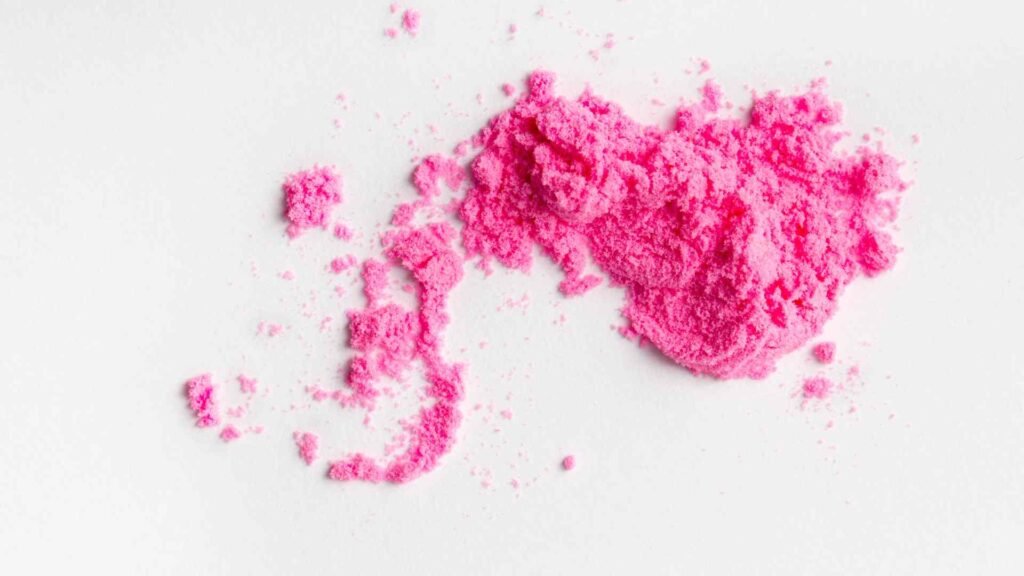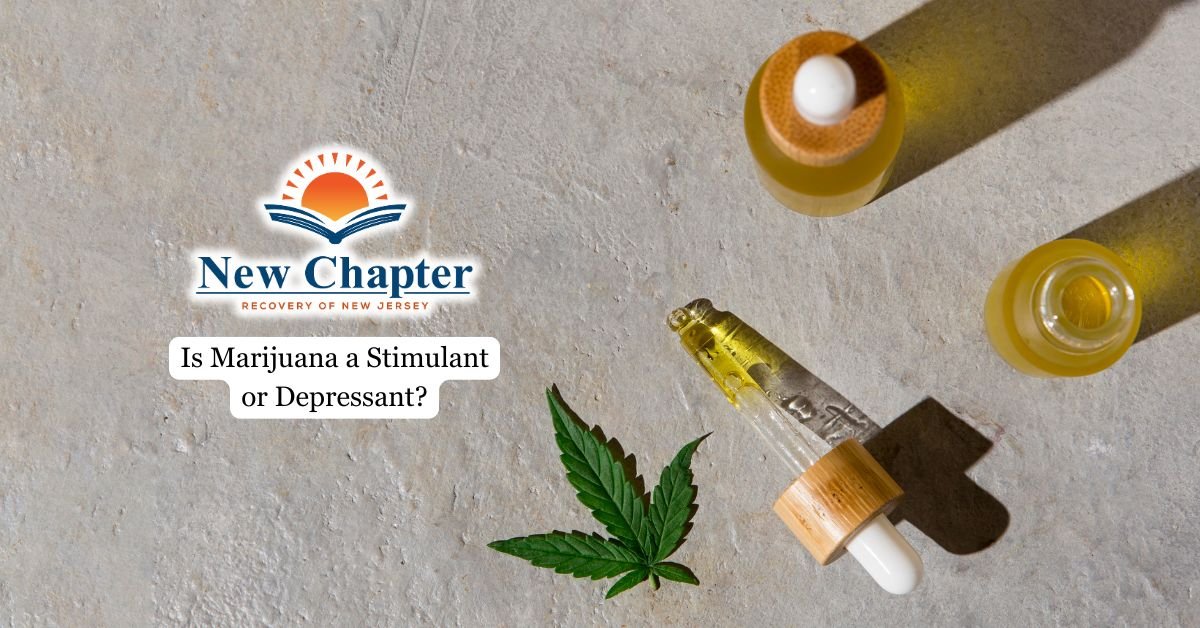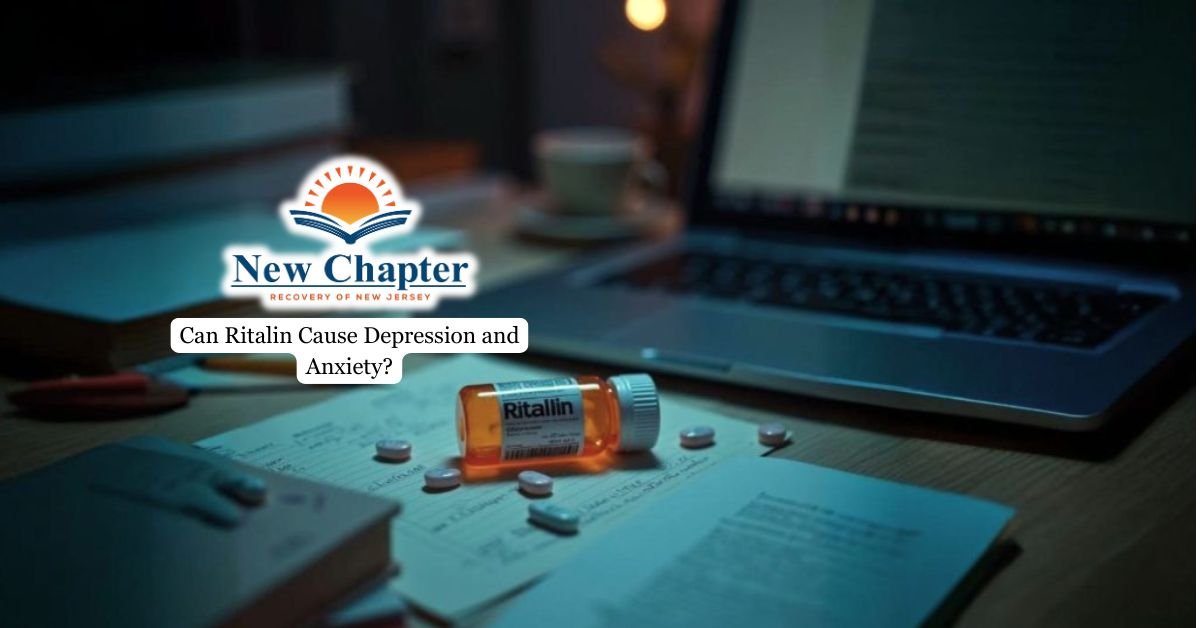Bright, bubble-gum powder called pink cocaine—often referred to as tusi—is turning up in club scenes from Latin America to the U.S. The name sounds playful, but this drug cocktail hides a shifting mix of powerful stimulants, hallucinogens, and even opioids.
Understanding what pink cocaine really is, the effects it produces, and why overdose risk is so high will help readers spot danger early and make informed decisions.

What Is Pink Cocaine Made Of?
Despite the name, pink cocaine rarely contains actual cocaine. Instead, it’s a powdered mixture of various psychoactive substances, most commonly ketamine and MDMA, along with synthetic hallucinogens like 2C-B. Some batches of pink cocaine have even tested positive for methamphetamine, opioids like fentanyl, and other unknown substances, making it highly unpredictable and dangerous.
The drug is often dyed pink with food coloring and may have a sweet smell to appeal to recreational users in party settings. Some forms come in pill form, but they’re typically snorted or ingested as a powder. Pink cocaine is a powdered substance with no consistent formulation, which means users never really know what they’re taking.
Samples of pink cocaine across Latin America and Europe have shown significant variation. Because the term tusi no longer refers to one specific compound (like 2C-B), it now acts as a street name for a constantly shifting blend, often chosen for its psychoactive and party-enhancing effects. Due to its unpredictable nature and high risk of harm, help from addiction specialists is often necessary for those struggling with pink cocaine abuse.
Effects of Pink Cocaine
The effects of pink cocaine can range from euphoric to terrifying, depending on its chemical makeup. Typically, users report a combination of stimulant effects (like increased energy and alertness) and hallucinogenic effects (such as visual distortions and emotional intensity). These effects are usually driven by MDMA and 2C-B content.
When ketamine is present, users may feel dissociated or emotionally detached. If opioids like fentanyl are involved, the user may experience slowed breathing or sedation, increasing the risk of overdose.
Some short-term effects include:
- Intense energy and sociability
- Altered perception and time distortion
- Elevated heart rate and blood pressure
- Nausea or vomiting
- Confusion or agitation
But even a single use can lead to dangerous outcomes. The drug can cause seizures, central nervous system failure, or heart complications. Chronic use of pink cocaine is also associated with anxiety, depression, and long-term cognitive issues.
Risks of Using Pink Cocaine
The risks of using pink cocaine go far beyond a bad high. Because it’s a drug cocktail made in unregulated settings, there’s no quality control or labeling. A dose taken one weekend could be wildly different from what’s consumed the next. This unpredictability is what makes pink cocaine exposure or overdose such a serious concern.
Major health risks include:
- Increased risk of stroke or cardiac arrest
- Drug interactions with alcohol or other substances
- Overdose from unknowingly consuming fentanyl or methamphetamine
- Impaired judgment, increasing the likelihood of accidents or unsafe behavior
Even experienced users of party drugs like ecstasy or MDMA are at heightened risk with pink cocaine, simply because there’s no telling what’s inside. Ingesting a mix of stimulant and hallucinogenic effects with a depressant like ketamine can confuse the body and brain, often with dangerous or fatal consequences.

Is Pink Cocaine Addictive?
While there’s no single addictive ingredient in pink cocaine, repeated exposure to components like MDMA, ketamine, and methamphetamine can lead to psychological dependence. Users may develop a pattern of seeking out the high at parties or in social settings, leading to a use disorder.
Over time, individuals may build a tolerance, requiring larger doses for the same effect, increasing the risk of overdose. The false perception that pink cocaine is a “safe party drug” can trap users in a cycle of escalating use, even as the health risks mount.
Moreover, withdrawal from substances like MDMA and opioids can bring on symptoms of fatigue, depression, and emotional instability. For many, addiction treatment becomes necessary once casual use turns compulsive. Outpatient programs that offer a combination of individual therapy, group counseling, trauma-informed care, and relapse prevention planning can provide the support needed to break the cycle of use and begin recovery.
The Reality Behind Tusi’s Popularity
Tusi, the nickname for pink cocaine, first emerged as slang for 2C-B, a synthetic psychedelic drug originally synthesized in the 1970s. Over the years, Tusi became a blanket term for any pink powder sold in party environments. As demand grew, suppliers began cutting it with cheaper substances, and pink cocaine has also been linked to underground labs producing a wide array of illicit blends.
Its bright color and sugary smell create the illusion of safety or fun, but this couldn’t be further from the truth. Pink cocaine is typically sold in clubs, music festivals, and social gatherings, making it especially appealing to younger users. In the U.S., it has been increasingly found in urban areas with active nightclub scenes like Miami, New York, and Los Angeles—either carried in by travelers or produced domestically in underground labs. The glamorized attention around drugs like pink cocaine only adds to the danger by masking their life-threatening risks.
Final Thoughts from New Chapter Faith Recovery
Pink cocaine—or tusi—is not just a party trend. It’s a dangerous, unregulated mixture of drugs that puts users at risk of overdose, addiction, and serious health consequences. With no standard formulation and often little or no cocaine, it reflects a troubling shift in the modern drug landscape, one where synthetic blends and unpredictable substances make every use a gamble.
At New Chapter Faith Recovery, we understand the complexities of synthetic drug use, including designer drugs like pink cocaine. Our team is experienced in addressing substance use disorders and providing comprehensive addiction treatment designed to guide individuals toward long-term recovery with care, structure, and proven therapeutic approaches.






